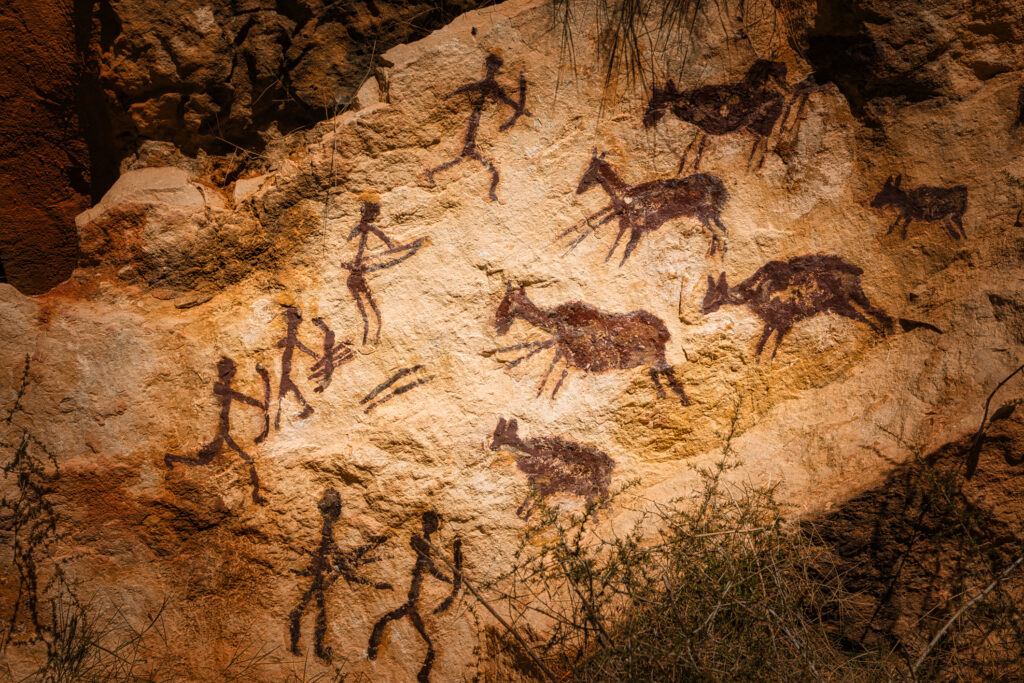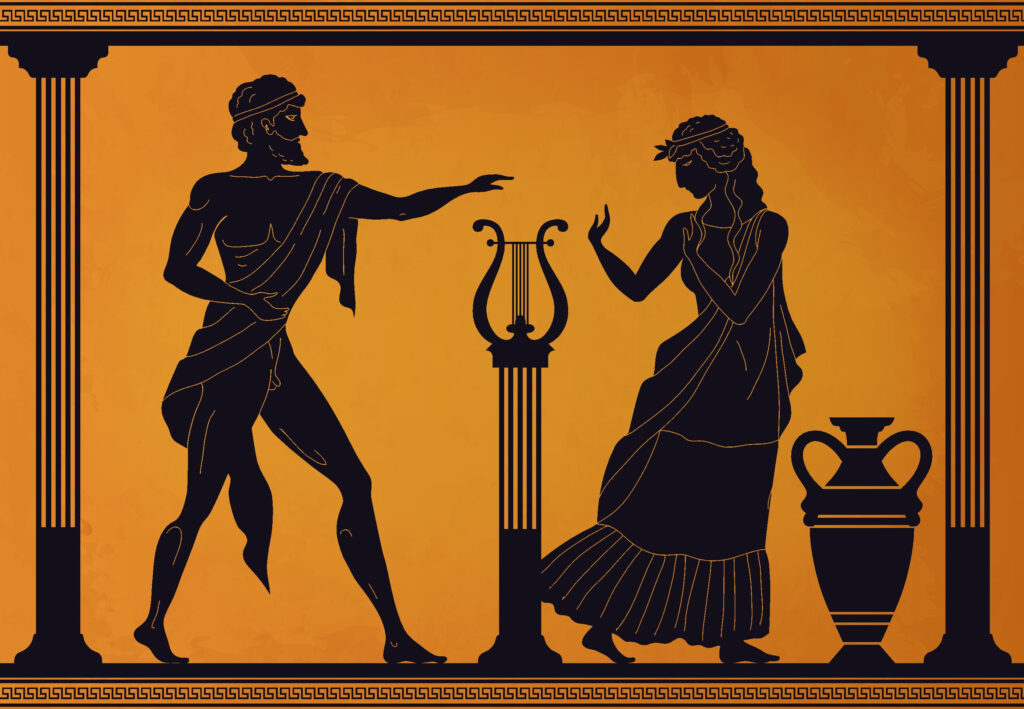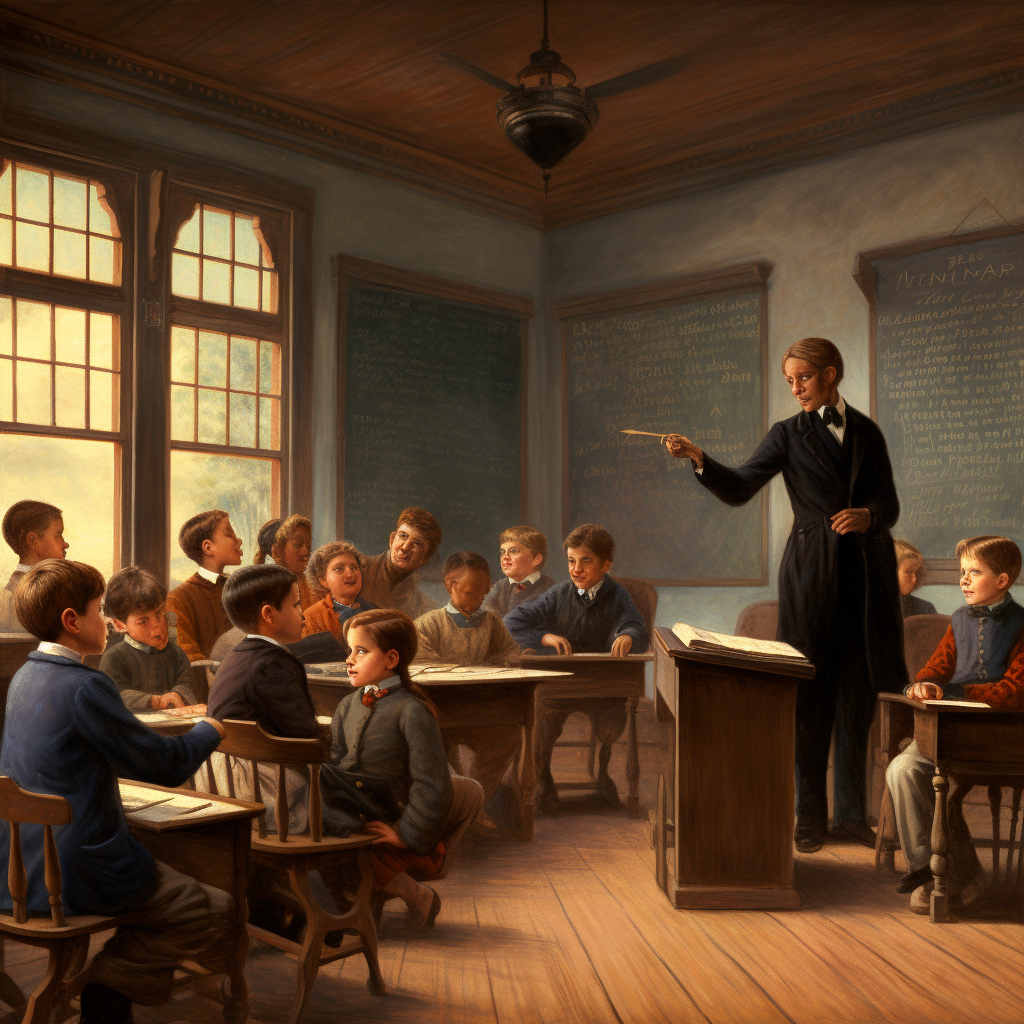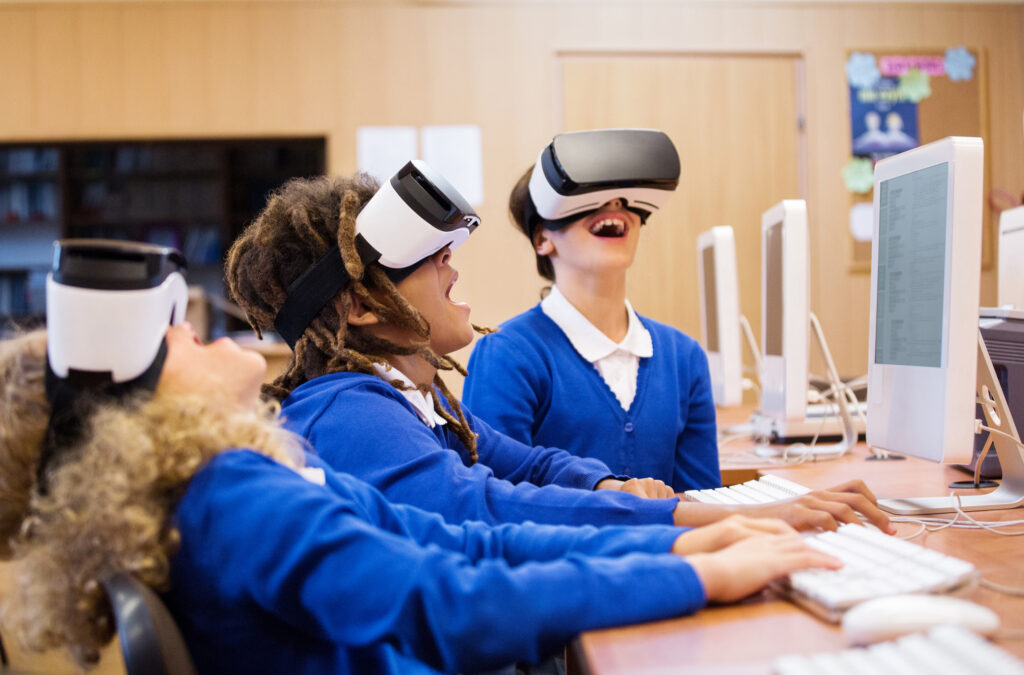The history of education is a rich tapestry of evolution, marked by groundbreaking discoveries and innovations. From the ancient scribbles on cave walls to today’s digital classrooms, education has continually transformed to adapt to societal needs and technological advancements. In this article, we will look at the pivotal moments that have shaped how we learn, highlighting how each era of history brought its own set of challenges and breakthroughs.
The Dawn of Man:
In the earliest societies, education was informal and deeply integrated with daily life. It focused on practical survival skills such as hunting and farming.

It focused on practical survival skills such as hunting and farming. Additionally, the sharing of cultural norms and traditions was accomplished through rich oral storytelling. This foundational approach to learning played a crucial role in maintaining the continuity and identity of early communities, laying the groundwork for the development of more structured societies.
The Birth of the Written Word
The emergence of written language marked a transformative moment in human history, significantly altering the landscape of education. It began in ancient Mesopotamia with cuneiform and in Egypt with hieroglyphics. The ability to write enabled not just the recording and accumulation of knowledge, but also its precise transmission across generations and geographies, unbound by the constraints of oral tradition. This development paved the way for the creation of complex societies, as it facilitated the codification of laws, religious texts, and administrative procedures, thus forming the backbone of early civilizations.
The Classical Era

Education in ancient Greece took a more structured form, with the establishment of various schools and academies dedicated to learning. The Socratic method, introduced by the philosopher Socrates, revolutionized education by prioritizing critical thinking and inquiry over the memorization of information. This approach encouraged students to question and examine their beliefs, fostering a deeper understanding and appreciation of the subjects they studied. Additionally, Greek education emphasized a well-rounded curriculum, including philosophy, mathematics, music, and physical training, aiming to develop both the mind and body of the individual.
Libraries – The Ancient Internet
The establishment of libraries, most notably the Library of Alexandria, marked a significant milestone in the history of education, functioning as hubs of knowledge akin to a primitive form of the internet. These libraries not only provided unprecedented access to a wide array of written works, but they also became centers for scholarly discussion, attracting intellectuals from various regions and backgrounds. This accessibility to diverse sources of information and the congregation of scholars from different cultures and disciplines greatly enriched the educational landscape, fostering an environment of cross-cultural learning and intellectual exchange.
The Middle Ages & Renaissance

During the Middle Ages, education became more structured within monasteries and later universities, where the curriculum was primarily focused on religious and classical studies. This period witnessed the rise of universities in Europe, which became centers of higher learning and intellectual debate, significantly shaping the intellectual landscape of the time. The Renaissance further stimulated educational reforms, emphasizing humanism and the arts. This era saw a shift from purely religious education to a broader curriculum that included literature, philosophy, and the sciences, reflecting the changing social and cultural values of the period.
The Printing Press – A Catalyst for Change
Johannes Gutenberg’s invention of the printing press in the 15th century democratized education by making books more accessible and affordable. This technological breakthrough not only led to increased literacy rates but also facilitated the rapid spread of new ideas and knowledge across Europe, challenging traditional doctrines and sparking the Reformation and the Scientific Revolution. The availability of printed materials in vernacular languages, as opposed to the previously dominant Latin, played a crucial role in making education more inclusive and comprehensible to the wider population, thereby significantly altering the educational landscape of the time.
The Industrial Revolution & Beyond

The Industrial Revolution brought a demand for educated workers, leading to the establishment of public education systems. This era was marked not only by the standardization of curricula but also by the introduction of compulsory education laws, aiming to equip a growing workforce with the necessary skills for industrialized societies.
These changes reflected the evolving economic and social conditions, as education became recognized as a right and a necessity for societal progress and individual advancement.
The Digital Age – A New Frontier

The advent of computers and the internet in the late 20th and early 21st centuries has transformed education yet again, ushering in an era of unprecedented connectivity and information exchange. Digital learning platforms, online resources, and virtual classrooms have not only made education more accessible but also more personalized, catering to individual learning styles and needs. This shift to digital mediums has broadened educational opportunities, breaking down geographical barriers and creating a more inclusive and diverse learning environment for students worldwide.
Major Educational Milestones:
- Invention of Writing (3500-3000 BC)
- Foundation of Plato’s Academy (387 BC)
- Establishment of the Library of Alexandria (3rd century BC)
- Invention of the Printing Press (1440)
- Establishment of Compulsory Education (19th Century)
- Introduction of the Internet in Education (Late 20th Century)
The Future of Education
As we look towards the future, emerging technologies like artificial intelligence, virtual reality, and adaptive learning systems, areas that Excel High School has been closely following, promise to further revolutionize education. The focus is shifting towards more personalized, experiential learning, preparing students for a rapidly changing world, a vision that Excel High School embraces in its educational philosophy.
Conclusion
This article was brought to you by Excel High School, where we are committed to embracing the latest educational tools and resources to effectively teach our students. Our approach acknowledges the rich history of education as a path of continuous adaptation and innovation. From the basic teachings of ancient times to today’s advanced digital classrooms, education has always evolved to meet the needs of society. This field is dynamic and constantly progressing, with each generation adding to the legacy of learning. For more insights on the evolution and future of education, we invite you to visit our blog, where we regularly share our perspectives and expertise in educational development.